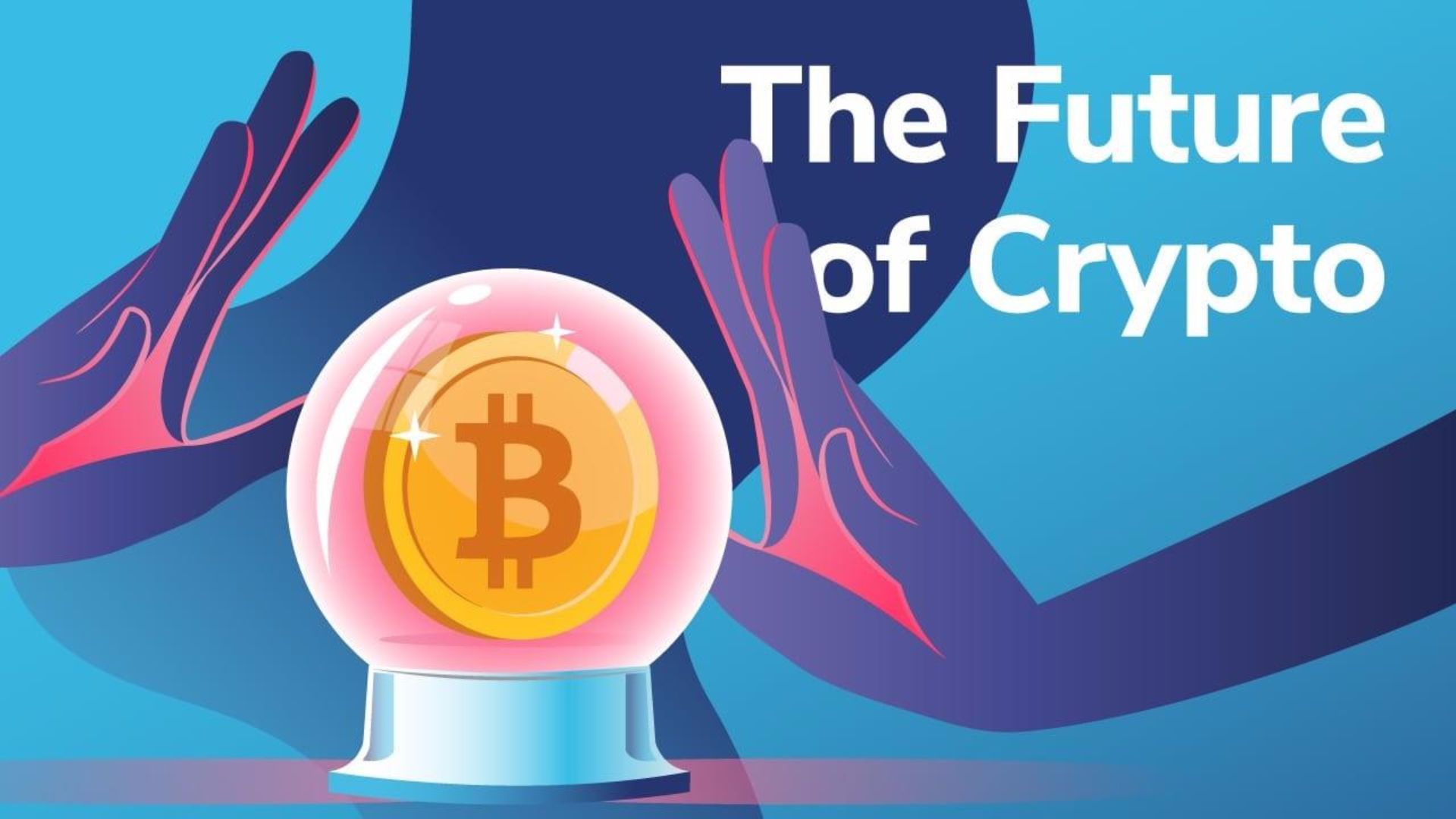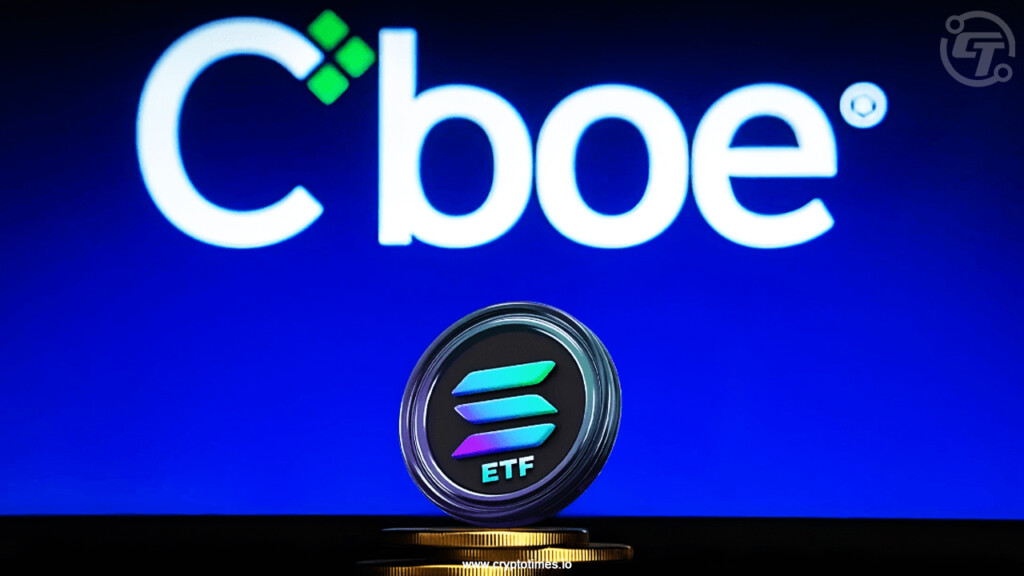
What Does the Future Decade Hold for Bitcoin?
The hope was that Bitcoin’s 2009 debut would completely alter the nature of people’s relationship with and ability to manage their own money. However, that revolution is still very much in the future. Scandals, gaffes, and extreme price fluctuations characterized the cryptocurrency’s turbulent first decade, and the second has continued much of the same. The headlines still feature stories about massive theft, fraud, and regulatory conflicts. Although it’s tough to predict Bitcoin’s future, here are some ideas regarding its potential development in the next decade.
KEY TAKEAWAYS
- Bitcoin, the cryptocurrency, is most likely to remain popular with speculators over the next decade.
- Bitcoin, the blockchain, will probably continue to be developed to address long-standing issues like scalability and security.
- Halvings are essential to Bitcoin’s future because they have historically influenced price increases.
- There is no way to accurately predict what will happen to Bitcoin in the next ten years.
Bitcoin’s Future

Although its price and popularity among investors matter, the essential thing is that blockchain technology will advance significantly over the next decade, regardless of price fluctuations, scandals, or news. Issues with decentralization, scalability, and security hinder Bitcoin’s widespread adoption. These issues need fixing if cryptocurrency wants to become more than a speculative investment. The Bitcoin team is trying hard to figure this out, but they haven’t succeeded.
Decentralization
When discussing blockchain and cryptocurrencies, decentralization covers who holds most of the cryptocurrency and where the blockchain is concentrated.
Bitcoin the Cryptocurrency
Bitcoin originally intended to create a decentralized digital currency that the public could manage rather than a centralized authority. Nevertheless, businesses and other individuals with sufficient resources steadily expand their Bitcoin holdings through purchases.
Even though most bitcoins are still “in the wild” in 2024, these vast entities will probably keep adding to their holdings if they are still seen as a speculative investment and a store of value. Therefore, as the supply of Bitcoin (the cryptocurrency) decreases in the future, its centralization is expected to increase.
Bitcoin the Blockchain
The original plan was for the Bitcoin blockchain to be accessible to everyone, but when the price of Bitcoin skyrocketed, massive mining operations sprang up to keep up. People have difficulty participating in the blockchain process because of these farms. The farms have taken over the mining market, but that’s not all. These massive processes control much of the network’s processing power. These companies maintain a large chunk of the blockchain by forming pools and recruiting others to mine for incentives.
Ten mining pools accounted for almost 91% of the Bitcoin network hashrate in April 2024, with three pools employing more than 80% of the network’s miners.1 It is reasonable to conclude that the Bitcoin blockchain is not as decentralized as it appears due to the extensive control exerted on the network. Even if multiple major entities may opt to take control, it is still a distributed ledger.
Scalability Challenges
Scalability refers to a blockchain’s ability to adjust to variations in user demand. The Bitcoin network cannot process all the current transactions due to the protocol limitations that the community and developers have inflexibly upheld. Even after all this time, Bitcoin’s transaction rate cap of seven per second remains unchanged. In April 2024, the blockchain handled around five transactions every second.
Bitcoin is painfully sluggish when compared to competing blockchains with transaction throughputs of 3,400 per second or more.23 Due to this issue, many efforts have been initiated to shorten confirmation times and lower transaction fees. In most cases, outside parties have tried to solve the problem by developing second-layer solutions, which improve scalability at the expense of security and decentralization.
For example, one option, the Lightning Network, claimed to handle most Bitcoin blockchain tasks. However, Bitcoin’s security and decentralization are compromised since the job is done on another blockchain, and the results are sent to Bitcoin. Although the network initially produced some traffic, it wasn’t quite as popular as expected, and the promised faster processing times and reduced rates never materialized.
Security Issues
Investors and users alike are perpetually worried about security. People who possess Bitcoin are still a target for con artists, hackers, and robbers. Typically, the principal targets are decentralized financial applications and companies that store clients’ private keys.
The Blockchain technology itself is safe; the problems lie with the user interfaces that access the network and its keys. Some experts believe that fraud and ransomware will continue to be the most popular ways for criminals to steal cryptocurrency.4
Regulatory Developments
Thanks to the introduction of Bitcoin Spot ETFs, more investors can now buy Bitcoin, which could pave the way for ETFs for other digital assets or cryptocurrencies. It is difficult to foretell what regulations will be during the next decade because legislators’ opinions and stances can change. Take the case of Ripple and the SEC’s charge of marketing unregistered securities as an example.
In October 2023, the court ruled that Bitcoin constituted security when sold to institutions but not on exchanges.5 A judge decided another judgment in March 2024 that classified secondary market crypto insider trading as securities trading.6 As courts continue to set precedents for cryptocurrencies throughout the next decade, the sector will continue to adapt to the changing legal landscape. The impact of these verdicts on the business is uncertain.
Halvings
Halving occurs when the blockchain automatically divides the block reward in half. There have been four halvings until the most recent halving on April 19, 2024. According to historical trends, the price of Bitcoin has a history of going higher after halvings. The theory is that demand has outpaced supply as the number of unreleased bitcoins has decreased.
Until around 2140, Bitcoin will undergo halvings, which reduce the introduced quantity, approximately every four years. That being said, there is no guarantee that Bitcoin’s price will not continue to rise over time. But if all else is equal, it should.
What Could Bitcoin Be Worth in 10 Years?
Predictions about prices vary by analyst, with some claiming that prices could rise into the millions. However, it is just as likely that it will be worthless.
What Will Bitcoin’s Price Be in 2030?
It’s difficult to predict an asset’s price in the future, as many factors can influence its rise or fall.
Will Bitcoin Be Worth Anything in 20 Years?
Estimating an asset’s worth in the next year, much less twenty, is no easy feat. Bitcoin might be worth millions or nothing.
Bottom Line
The future of Bitcoin as an investment is uncertain, as is the future of its blockchain and underlying network. A subset of risk-tolerant investors will undoubtedly keep buying Bitcoin, and the cryptocurrency itself will likely see ongoing development as its core developers work to address concerns about scalability and security. No one knows what the future holds for blockchain and cryptocurrencies. But one thing is sure: they will be in the limelight for at least another decade, with plenty of room for development and conjecture.







